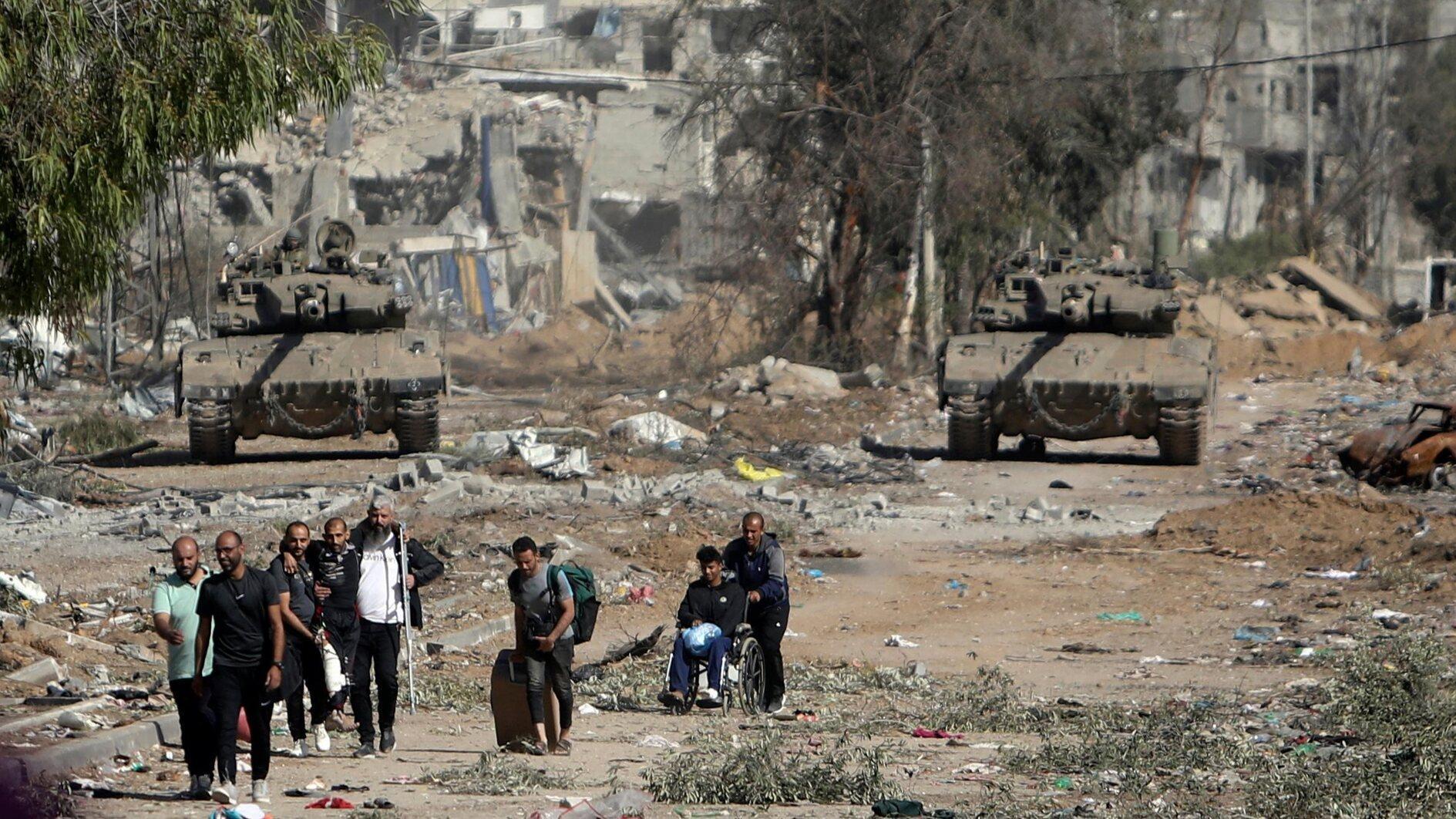Iceland volcano eruption calms as lava flow eases
REYKJAVIK

An Icelandic volcano that erupted and spewed lava into the sky overnight near a power plant was less active Tuesday evening, after weeks of intense seismic activity southwest of Reykjavik.
The eruption, only three kilometres (1.8 miles) from the evacuated fishing port of Grindavik on the Reykjanes peninsula, began Monday at around 10:17 pm (2217 GMT) after a "swarm" of small tremors, the Icelandic Meteorological Office (IMO) said.
The volcano opened a fissure in the ground about four kilometres long, with the southern end just three kilometres from Grindavik.
In an update on Tuesday at 1830 GMT, the IMO said the eruption continued to weaken.
"New aerial images of the area show that there are now three vents erupting southeast of Stora-Skogfell, down from the previous five," the meteorological office said, but added that it anticipated further lava flows along the fissure.
Amid weeks of warnings from scientists, the authorities built reinforcements around the Svartsengi geothermal plant, which is just two kilometres from the eruption.
It supplies electricity and water to 30,000 people on the peninsula.
"The land in Svartsengi subsided more than five centimetres," the IMO said in its 1830 GMT update.
"Previously, the land had risen there by about 35 centimetres since the formation of the magma channel on November 10," it added.
Live-streamed footage of the eruption showed glowing orange jets of lava spewing from a gash in the ground, surrounded by billowing clouds of red smoke against the dark winter sky.
In December, the sun rises around 11:00 am in the area just south of the Arctic Circle, and sets around 3:00 pm.
For weeks, experts had been anticipating an eruption in the area some 40 kilometres (25 miles) from the capital Reykjavik, prompting the authorities to evacuate thousands of people.
The nearby Blue Lagoon geothermal spa, famed for its turquoise waters, is closed to visitors.
Vidir Reynisson, head of the Department of Civil Protection, urged people to stay away from the area, telling a local television station: "This is no tourist eruption."
On Tuesday evening, tourists gathered on a hillside behind the closed road leading to Grindavik.
"It's not made by humans, it's totally mother nature itself," said Leo Kill, a 31-year-old Korean.
"That's why you just feel so tiny, you just can't do anything in front of this nature".
The volcano, which has yet to be given a name, was located near the Sundhnukagigar crater row.
Unlike the major Icelandic eruption in 2010 that grounded thousands of flights across Europe and North America, this one did not create an ash plume. Reykjavik's international airport remained open Tuesday.
















